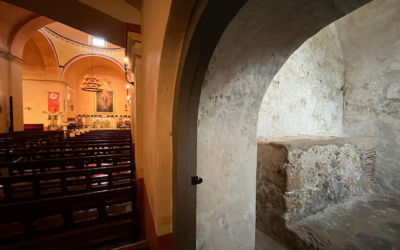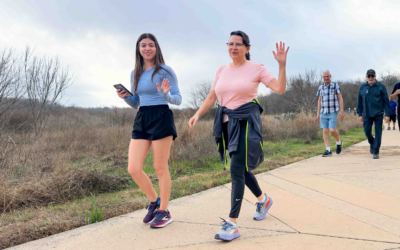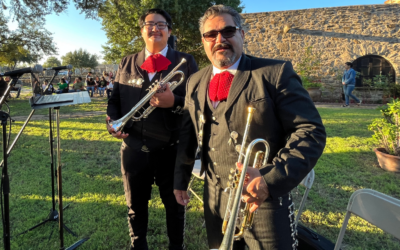Pilgrimage Among Creation: Discovering the Wildlife of the San Antonio Missions
As pilgrims journey the El Camino de San Antonio Missions, walking from the city’s center along the tree-lined trails next to the San Antonio River, they encounter more than historic churches and sacred art; they step into a living cathedral of creation. Here, along this 18-mile route connecting the four mission churches and San Fernando Cathedral, the journey is shaped not only by prayer and reflection but also by the wildlife that are a testament to the beauty of God’s handiwork.
The Franciscans who founded these Missions in the 18th century saw nature as part of God’s creation to be cared for and honored. St. Francis of Assisi, their founder, taught that all creatures—birds, fish, insects, and mammals—were brothers and sisters. One well-known story tells how he preached to a flock of birds urging them to praise God for the freedom of flight, the clothing of feathers, and the care God provides. The birds, it is said, listened quietly and then flew away in joyful song. This view of creation as sacred still resonates in Franciscan spirituality and is woven into the faith and experience of the Missions.
As you walk the El Camino, one of the more noticeable sights—or sounds—might be the Red-shouldered Hawk. With its striking reddish-brown shoulders and barred chest, these birds often soar above the river or perch in trees, scanning for small animals below. Their call, sharp and clear, breaks the silence of the path. Though they are predators, they play a necessary role in keeping the ecosystem in balance. Their presence reminds us that each creature has a place in the web of life.
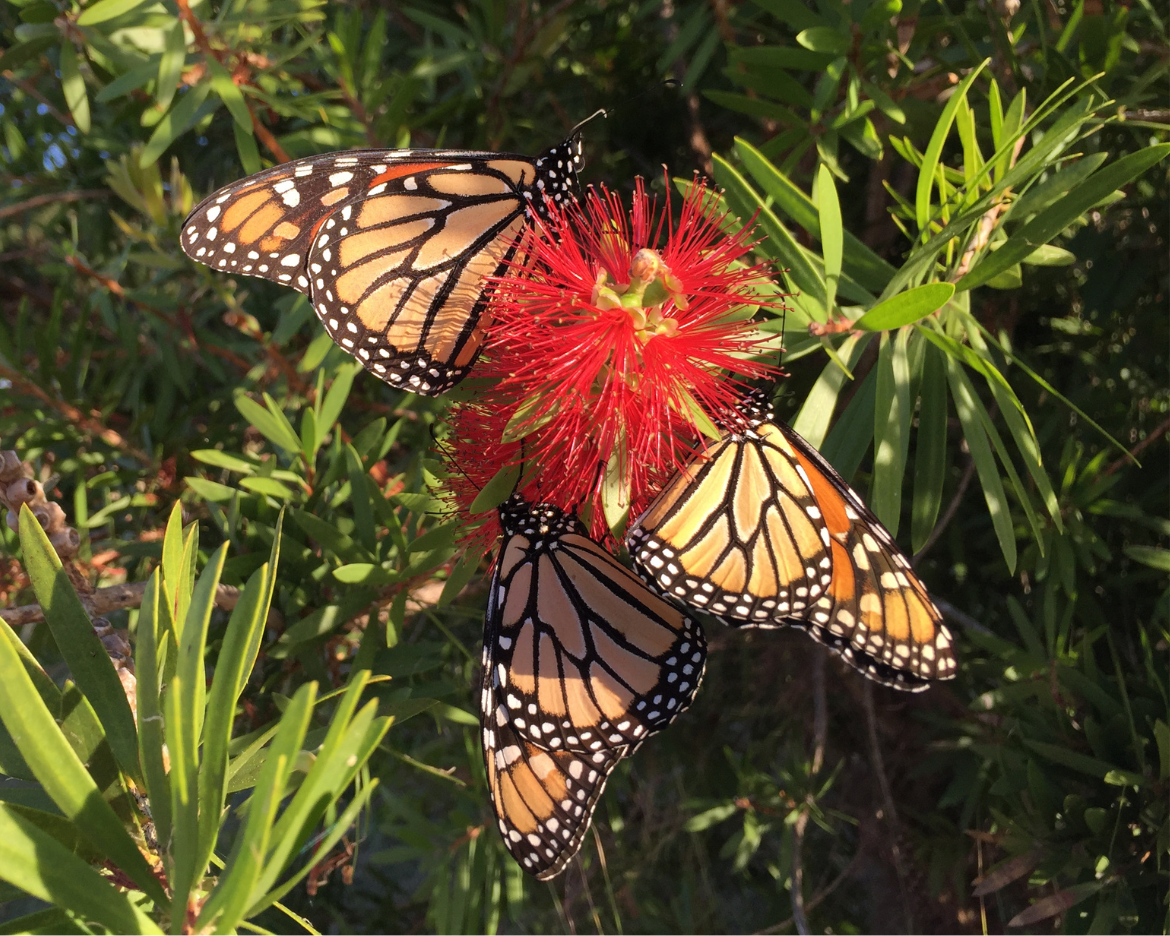
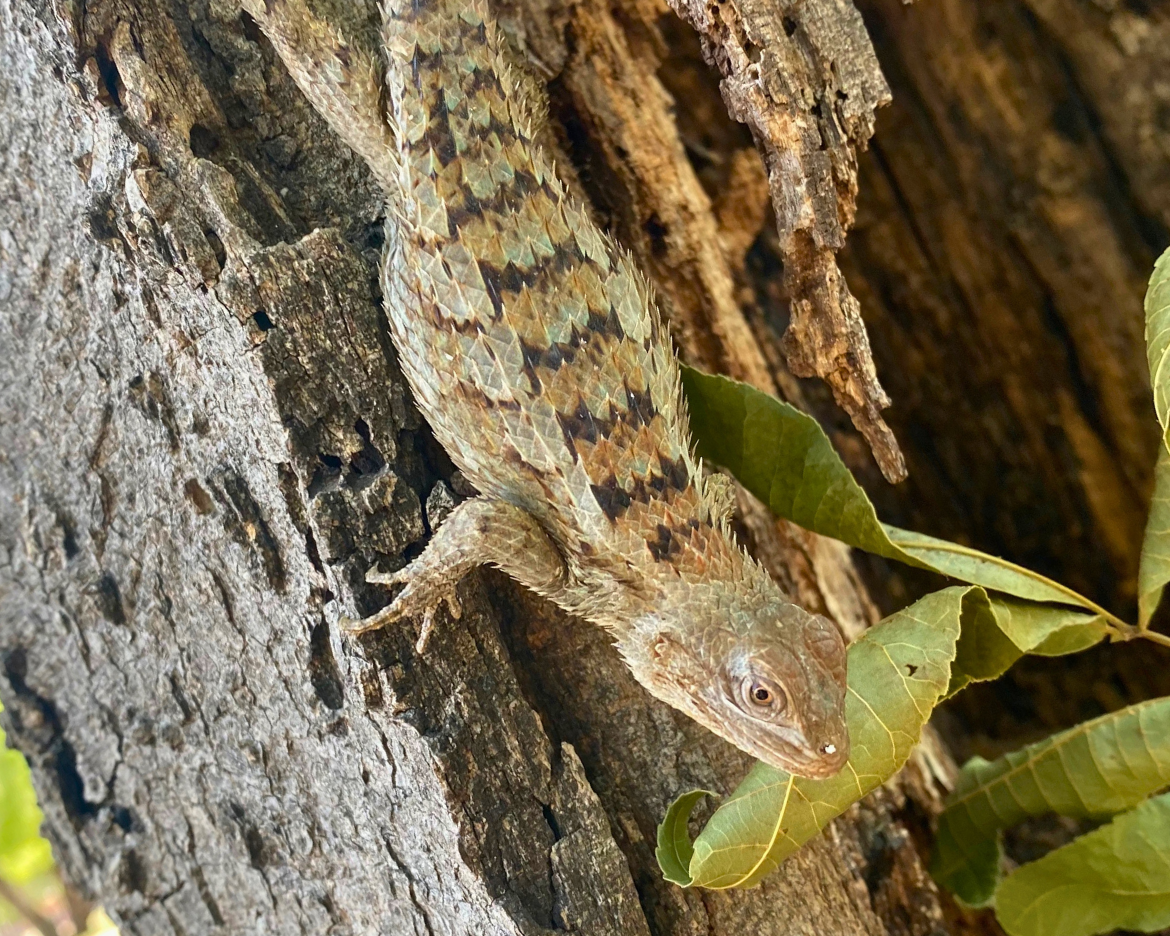
Among the wildflowers and milkweed, you may see Monarch Butterflies with their black and orange wings. These fragile-looking insects are part of a remarkable migration that stretches from Canada to central Mexico—up to 3,000 miles. The monarchs that pass-through San Antonio in the fall are part of a “super generation” that lives longer than others to complete the journey to a unique forest in Central Mexico where they hibernate.
Butterflies are symbols of resurrection and transformation, with the monarch’s life cycle and particularly its transformation from caterpillar to chrysalis to butterfly—mirroring the journey from birth through death to eternal life. Their appearance in autumn coincides with the Catholic Feasts of All Saints and All Souls Day (November 1–2). In Mexico the migration of the monarchs coincides with Día de los Muertos, and they are believed to represent souls of the departed returning home. For pilgrims, their flight can serve as a quiet sign of hope, eternal life and of the spiritual renewal that often accompanies a journey of faith.
Closer to the water, elegant Egrets can be seen slowly moving through the shallows of the river, searching for fish, frogs, and insects. Their still posture and focused movements make them easy to overlook—but worth pausing to watch. Their stillness and beauty have long been a symbol of purity and peace. They remind us that pilgrimage, too, can be slow and deliberate.
On the sunlit stone walls of the Missions or in shaded clearings, the Texas Spiny Lizard may dart across your path. These reptiles blend well with bark and rock, and they are common during the warmer months. They feed on insects and play their part in the balance of nature. Their camouflage speaks to the way wildlife has adapted to the human structures of the Missions, finding shelter in places of worship.
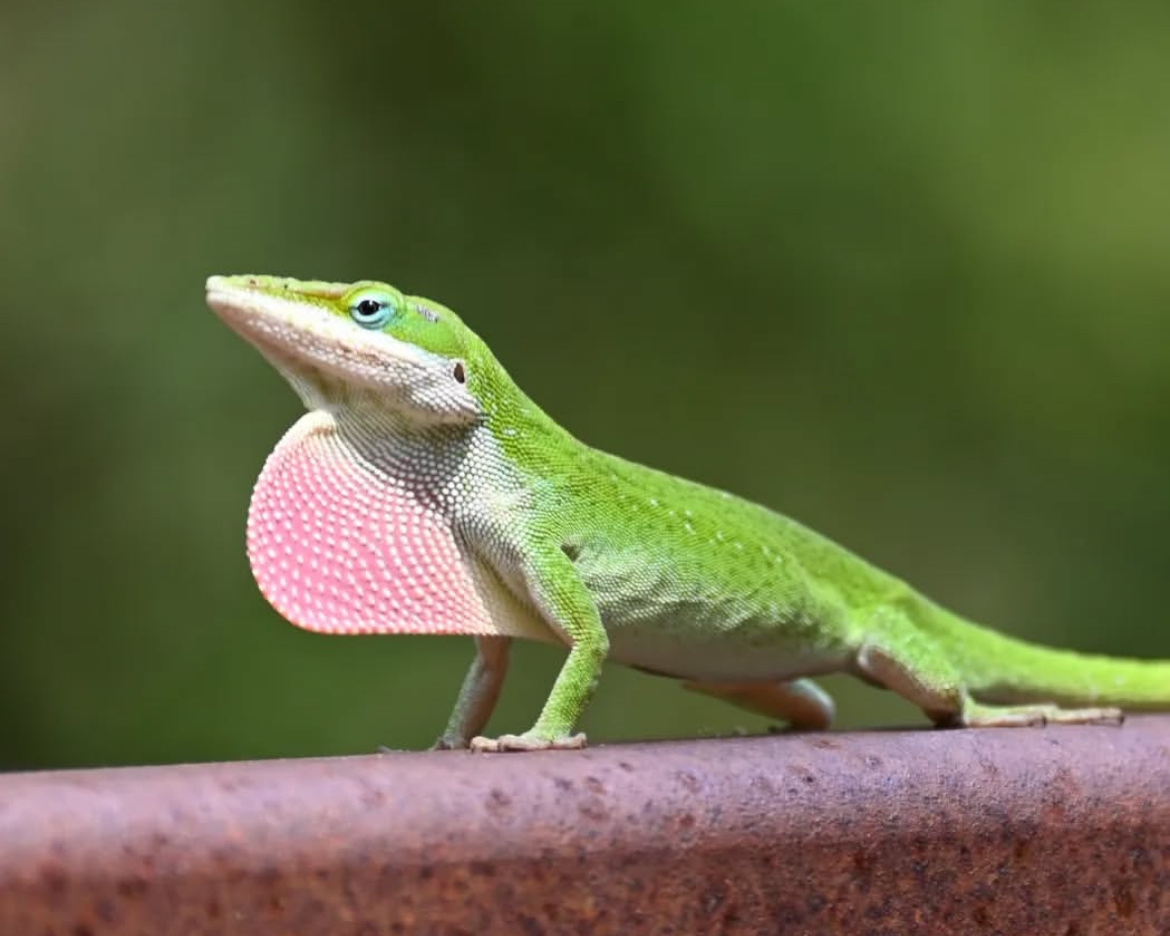
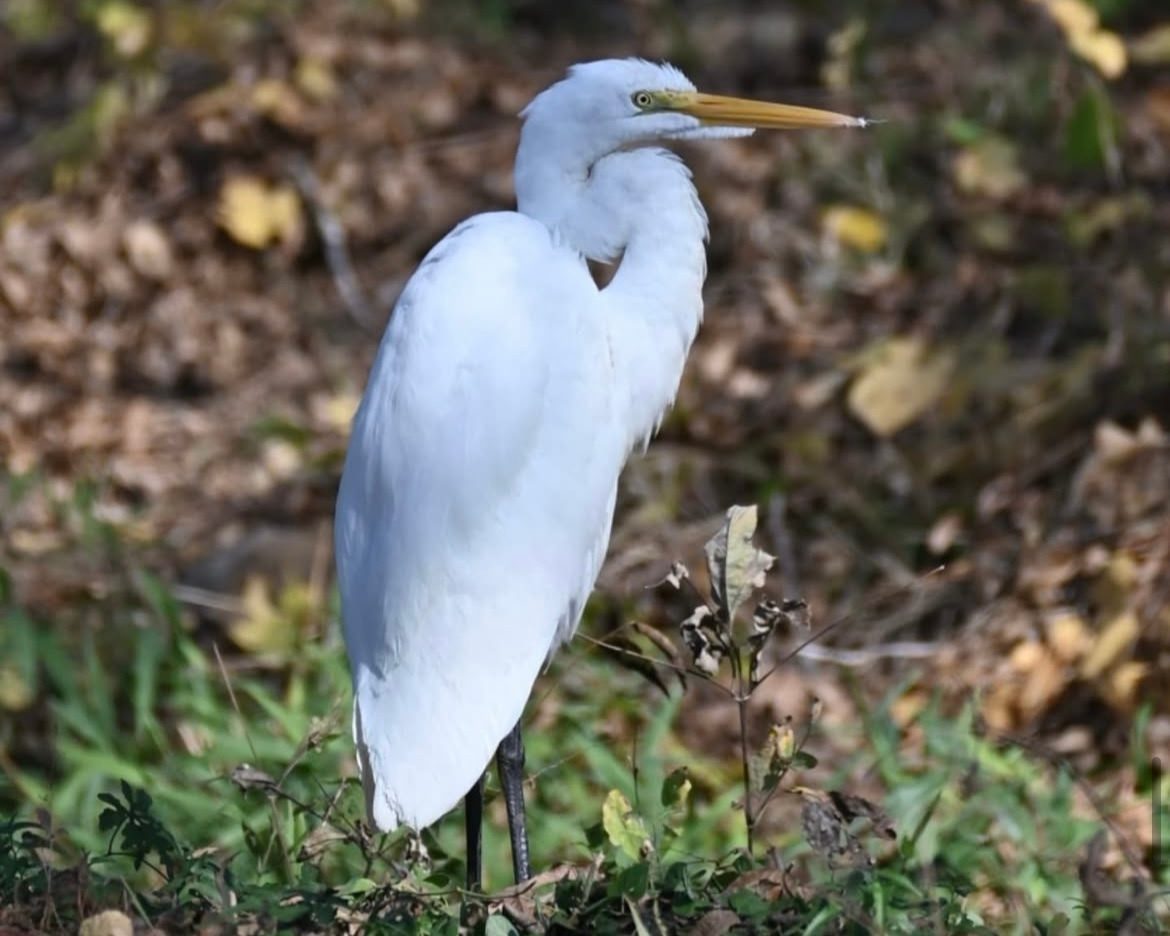
Also common is the Green Anole, sometimes mistaken for a chameleon. These small lizards shift in color from green to brown depending on temperature and mood. Males extend a pink throat fan in displays of territory or courtship. Though small, they are another sign of a thriving habitat.
Perhaps the most distinctive animal you might see along the El Camino trail is the Nine-banded Armadillo. Usually spotted early or late in the day, these mammals move slowly, snuffling through the underbrush in search of insects. A true symbol of Texas, where it holds the title of official small mammal, the armadillo is both a quirky emblem of the state’s identity and a familiar presence across its landscapes. As they dig, they help loosen and aerate the soil, contributing quietly to the health of the landscape.
Together, these creatures create a living mosaic of life, each playing its part in the ecosystem that surrounds the San Antonio Missions. The Franciscans established the Mission communities not only to bring faith to new lands but to work in harmony with those lands. Today, the El Camino de San Antonio offers an invitation to continue that harmony by letting the natural world draw you into deeper reverence of God’s creation. Whether it is the cry of a hawk, the flutter of a butterfly, or the silent stillness of an egret, every creature echoes the Franciscan call to live in harmony with all of God’s creation. These creatures are not simply background; they are fellow travelers on the journey.

